COVER STORY
RARE GEM
Gabrielle Union
The actress and producer is
the visionary we need.
Directed & Photographed by: Shaniqwa Jarvis
Styled by: Thomas Christos Kikis
Words by: Christine Whitney
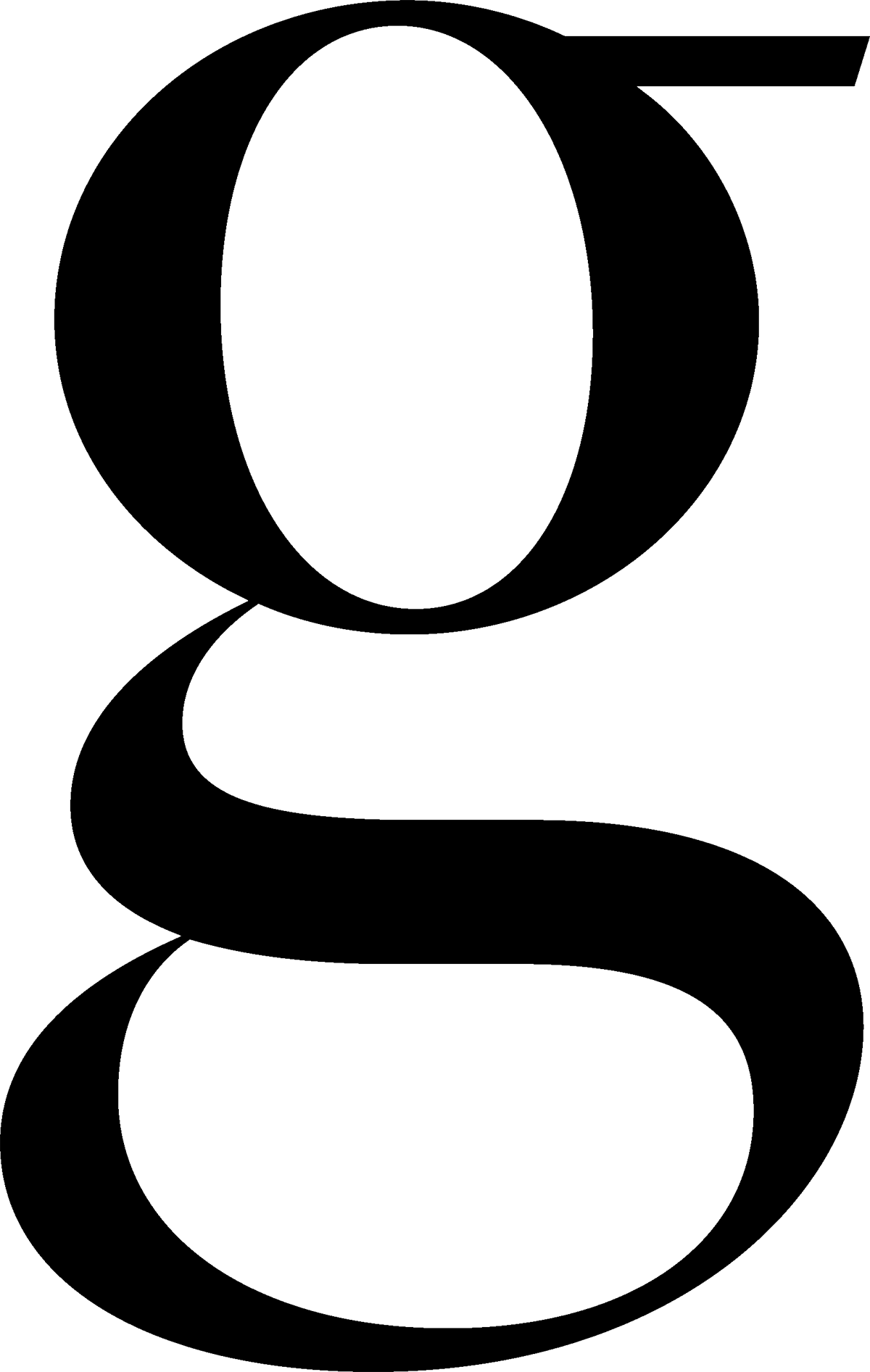
When Gabrielle Union got engaged to Miami Heat legend Dwyane Wade in 2013, the power couple’s 8.5 carat engagement ring was the jewel that launched a thousand headlines. “They started writing little op-eds about it and estimating what the cost might be, and I became terrified to wear it in public without a full armed security detail,” Union says. “Then wishing retroactively that I had gotten my nails done, because they clowned my nails when I was like, ‘I said yes.’ My nails look like I have been digging ditches for the last 17 years.”
In addition to having a winning sense of humor, Union is a force of nature, so it’s fitting that when she spoke to Only Natural Diamonds from Miami for her Zoom interview, a tropical thunderstorm was raging outside her window. “I kind of love it,” she says. At 50, the actress and producer’s robust career spans three decades—her early credits include basically every seminal ‘90s sitcom (Family Matters, Moesha, Sister, Sister and The Steve Harvey Show, to name just a few) as well as iconic teen blockbusters like 10 Things I Hate About You and She’s All That. She gave us main character energy in the ahead-of-its-time Y2K cheerleading epic Bring It On, wherein she catapulted to fame as the Compton Clovers’ cheer captain Isis. (Worth re-watching, and thank us later.)
Bad Boys II, The Birth of a Nation and Truth Be Told are just a few of the career-defining works in her 88-credit IMDB dossier. Next up: My Journey to 50, an incisive two-part docu-series chronicling her recent travels through Africa with her family and friends, which airs June 15th on BET+; and The Perfect Find, a star-studded romantic comedy adapted from the Tia Williams novel, which debuts on Netflix June 23rd.
While at this point Union requires no introduction, if you’re lucky enough to get one, you’ll be glad you did. She is, in a word, brilliant. Below, the actress, producer and mom brings the real talk to everything from red-carpet diamonds to raising strong daughters to the need for a serious sea change in Hollywood.

Only Natural Diamonds: What were some of your favorite moments from your Only Natural Diamonds cover shoot?
Gabrielle Union: I love the photographer-videographer team. I had randomly met them at a party a few days before, and so that was kind of awesome. Shooting on the beach in Malibu is always fun. Those pictures are always so, dare I say, iconic. It’s not often that you get to be black on the beach, being fly and draped in diamonds. It was also near one of my rock heroes; Pat Benatar does not live far, is what I will say. Every time I’m over there, I’m like, “Oh my God, I’m close to greatness.”

this massive infinity stone.
It was so big and brilliant.
It should probably be in
a museum, it’s so majestic.
OND: Were there any particular diamonds that were scene-stealers?
GU: All of them. But the one that stood out most we were calling the Hope Diamond. I’m sure there’s a real name for it—this massive Hope-looking diamond that I got to wear for the last shot of the night. We were in a gorgeous infinity pool that looks like it’s dropping into the ocean. It’s just sick. I’m in this gown-ish dress—it’s sort of flowing in the pool—and this massive infinity stone. It was so big and brilliant. It should probably be in a museum, it’s so majestic.
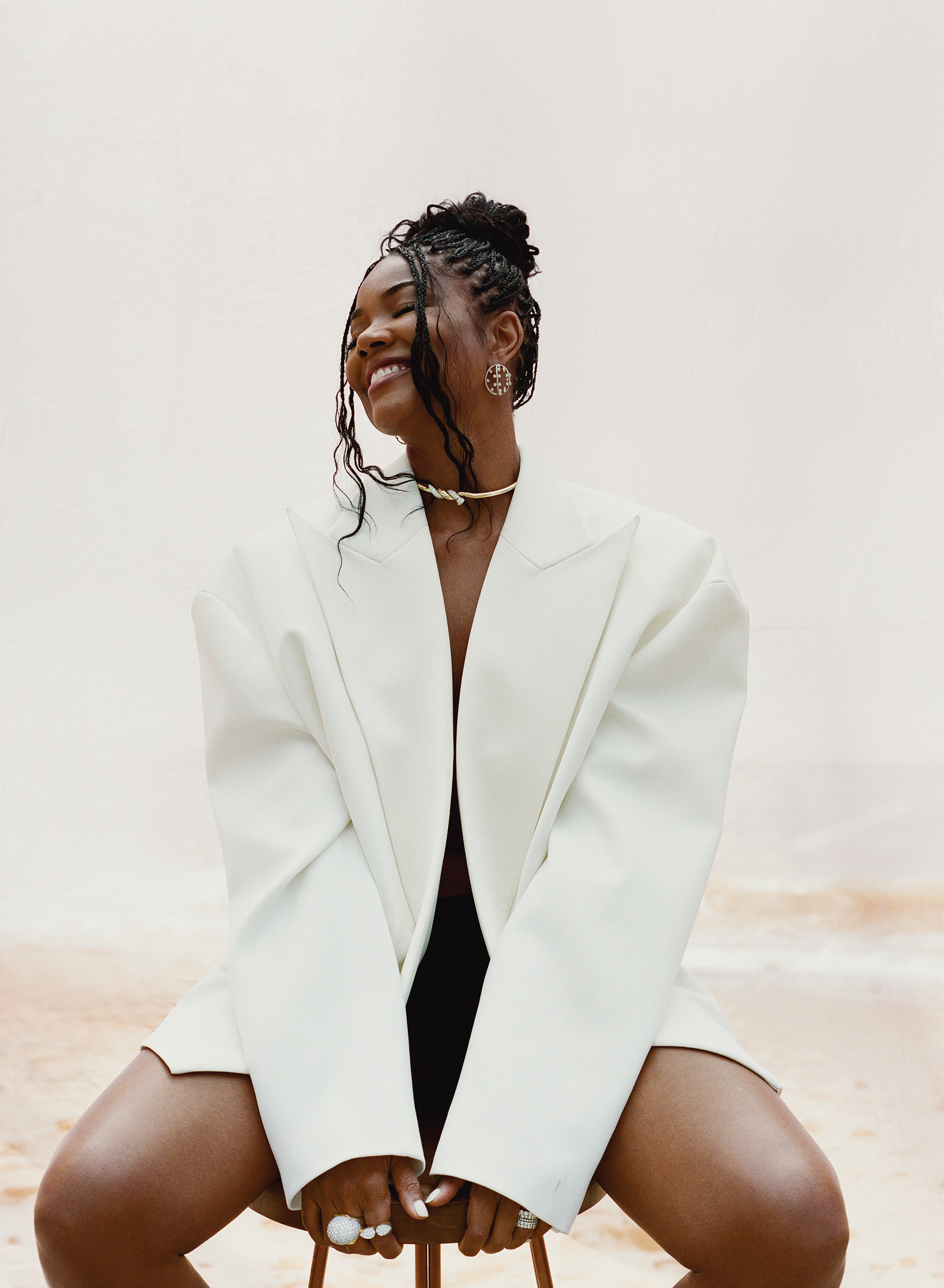

OND: What are some of your most vivid diamond memories?
GU: Once upon a time, I was married to a different person and I remember when he proposed, it felt like, oh my gosh, this [diamond] is so huge. Oh my God, do I even deserve this? Holy shit. Oh my God, somebody loves me this much. And then later I realized that I ended up paying for my ring myself when I had to take over his debt. By the time I got engaged to my now-husband, and he proposed (it was a full family proposal), I was just staring at it. The first thought that popped into my head was, “I wonder if I’m going to have to pay for this because maybe I need a smaller diamond.” I was just like, “wow.”
OND: Any favorite diamond memories from the red carpet?
GU: For the Image Awards in March, [security for] the designer I was wearing, they were like, “Going to need those back, ma’am. When are you due at home?”I was like, “Oh, we just came to eat.” They came all the way downtown, into the Soho House. And the man, literally, because I couldn’t get it off, takes the jewels off of my neck during dinner. Which I don’t know if you remember the original Dark Crystal, the Skeksis when they get stripped and end up just being these old…people…That’s what I felt like in the middle of Soho House when he stripped me of my jewels. But it was also very funny. I was like, “Do people think they got repossessed?” But we were all laughing.
OND: That’s a bold move of them…
GU: I’m guessing with that kind of vibe, it was very expensive. It had to be something pretty significant for them to show up at the restaurant. Because there’s been other days where they will wait for you to get home. We went from the Spirit Awards to the airport because we were flying to Paris. They’re not playing around.

We’re not
magically
invisible when
we hit 40.
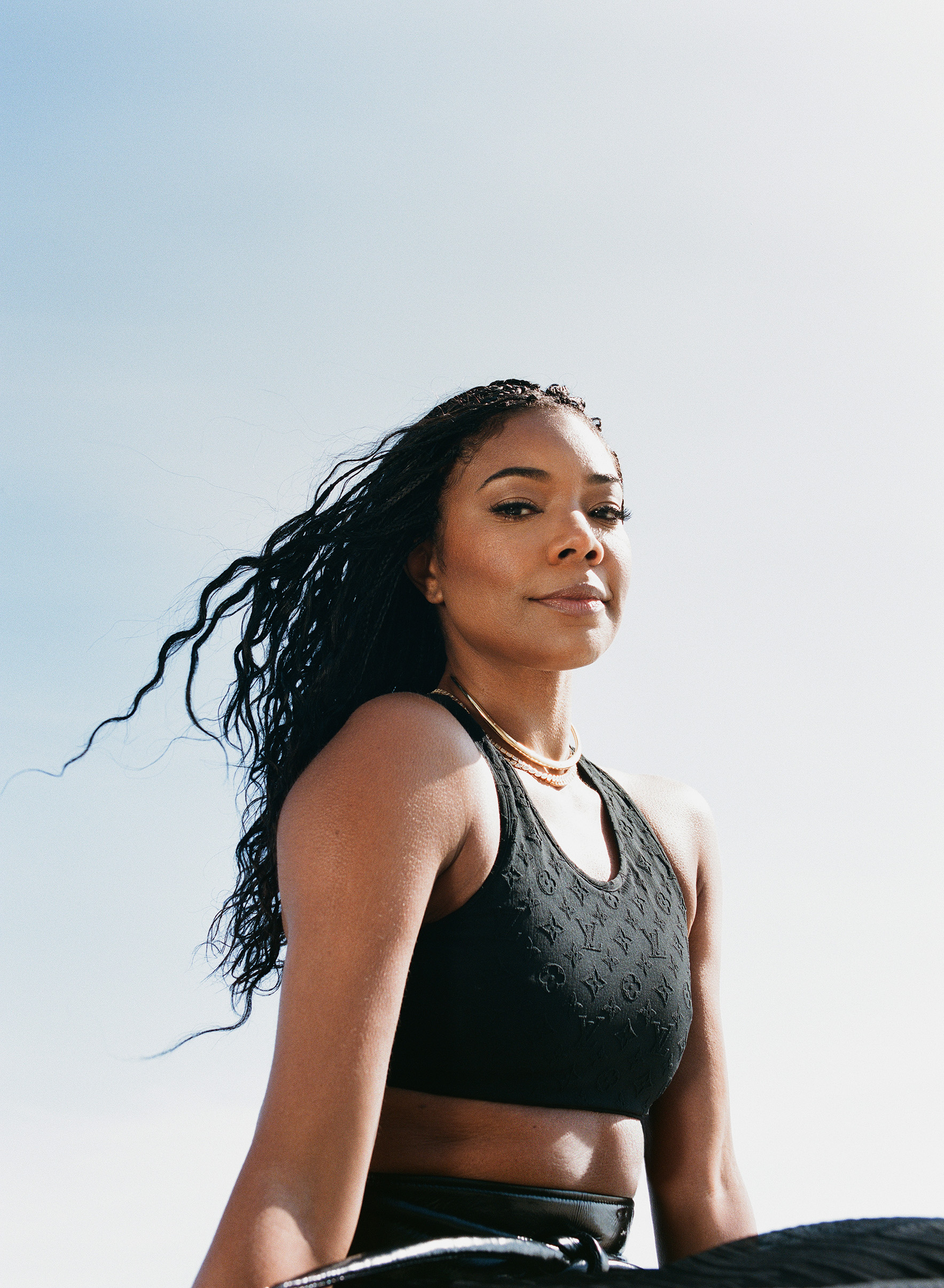
TORQUE SKEIE’S JEWELERS • NECKLACES ANITA KO • TOP AND SKIRT LOUIS VUITTON
OND: Are there any natural diamond pieces that you wear regularly?
GU: Well, I had a wedding band. It was a circle of diamonds. And what I didn’t know is that my husband had bought a backup just in case. I think I lost it, and I’m scouring. Our assistant was like, “You know he has an extra one. Just wear that until you find it.” So I get the extra one, I’m wearing that. No one has caught on. I take it off to wash my face at night, and I guess I left it on the counter. The next day it’s missing. So I’m panicking, because now I think I’m down two wedding rings. So I go to the jeweler that he bought them from, and I order two more.
When they came in, of course they called my husband. And there’s a point where he brings me a stack of four diamond rings—all identical. He had taken them to teach me a lesson about putting my jewelry up, and securing it and whatnot. So now I wear five of these rings—somebody else had given me one, so I put that in the middle. I wear five rings that are not meant to be stacked, but they are. That’s the only jewelry I wear every day.
OND: My four year old daughter once tricked me into thinking she had eaten my wedding ring.
GU: Oh my God. What is that? Kaavia is not obsessed with rings per se, but very obsessed with marriage and weddings. When she was a baby, we had one of our wedding photos in her room. I didn’t think she was tall enough to see it. When we switched it to an animal theme, we were taking it out and all we hear is [her screaming] bloody murder. And we run back in there and she’s like, “Where is the picture?” And basically, “Where are you guys?”
We’re like, “The wedding photo?”. She knew it was missing.
OND: It’s so great watching what the kids gravitate towards. There’s this indelible quality that’s just them.
GU: I think they come out that way. I was thinking I was going to have a little mini Candace Parker. And yeah, she is Naomi Campbell. She is very clear about what she wants to wear, how she wants to move through the world, how she wants her hair to be and everything has to have glitter, sparkles, unicorns, rainbows…

OND: You have a number of upcoming projects. Tell us about My Journey to 50.
GU: It’s a two episode docu-series. Our journey with my family and friends, through four different countries in Africa to celebrate my 50th. When I go to any part of Africa, it changes my life. Because the more you learn about yourself, and where you truly come from, and where your people come from, and you connect with the land, it changes you. It just does every single time. And because so many of us in the diaspora have been cut off from our homeland, and our histories, and our language, and our culture and our people, connecting in any way to the continent is huge for so many of us and very emotional. It allows us to expand our worldview. So I wanted to take as many people along on that journey with me as possible.
I had a feeling that especially in bringing so many of my family members who’ve never been to any part of Africa and some of my friends along who have also never had this experience, I knew that it would be something that should be shared. Not catching clips on TikTok, but being able to put the trip in context and provide more information and resources around it. Anytime I can talk to anybody about that, and connect your personal history to those travels, I’m going to do it all day and twice on Sundays. It’s just my jam. It’s a passion. So I’m glad that BET+ was on board. Hopefully everyone can see, and want to go for themselves, and want to do their own research.
OND: What was the most powerful moment of the experience for you?
GU: It’s the moment in the river, we’re at the Assin Manso River, where they would take the slaves after marching them hundreds, and hundreds, and hundreds of miles, bare feet, chained together. They would take them to this river, almost like a last bath, and that’s what they actually call it, the Last Bath. Where they bathe them, they try to fatten them up, they lather them with oils and butters to try to create the appearance of good health. To then sell to the highest bidder, who then shipped them off to various ports unknown. And we were able to walk into that river and connect with spirit is probably the easiest way I could put that.
I can describe my own experience as not anything rooted in this world. And you could very clearly feel and hear our ancestors and all of it, all the different emotions. And everyone had a very different, very emotional reaction, visceral reaction to walking to the water, getting in the water, coming out of the water. And you see all of that in this docu-series. But I left that water changed and I felt like, “This is my superhero origin story.” It starts with me coming out of this river with new, almost innate knowledge… All I know is that I have more knowledge about the enormity and the depth of the horrors of every part of the slave trade… That whole first episode is just emotional.
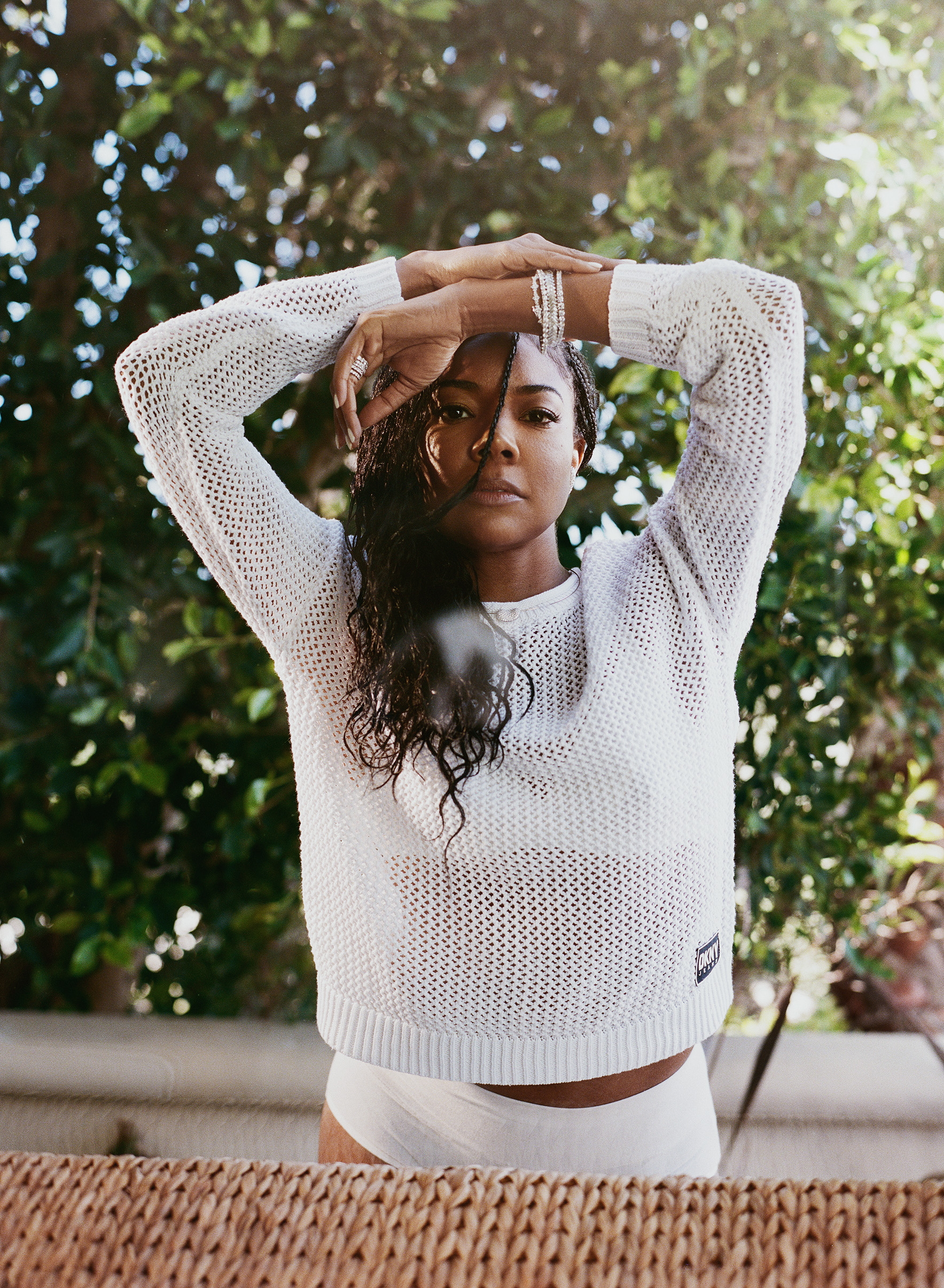

OND: You also have a film coming out on Netflix, The Perfect Find [adapted from the novel by Tia Williams]. Tell us everything.
GU: It’s rare to go from an idea to a novel to option to adaptation to selling to casting to shooting, and then getting distribution and marketing dollars. It seems like it’s easy because there’s so much content that is put out. But if people understood how long it took, how many tears are shed, how many arguments, and how much rage (passion fuels these projects, even the silly ones), I think people would have a different appreciation for every stage and every person that contributes to the making of these little tiny miracles that we call Hollywood productions. But it’s good. And it’s the older woman, younger man, and I hadn’t really seen us be able to luxuriate in that space really since How Stella Got Her Groove Back, which was 20-plus years ago. I wanted to revisit that in a less vacation way.
What do women of a certain age dare dream of for ourselves without being considered ridiculous or past our prime? That one stung… Just to show that we don’t disappear, that we’re not magically invisible when we hit 40. That we are sexual beings and that we are options. We have them and we are them, and all of what that means.
OND: What were the highlights of working on the film?
GU: The first high was when Netflix bought it. Getting Numa Perrier [to direct], which was a coup, and getting everyone on board for a new-ish black woman director was, again, no easy feat. Especially when it’s not a bag of Doritos. If our budget was a bag of Doritos, they would’ve been like, “Have at it. Bring all the new people you want.” But when you have at least a little bit of money to play with, the gatekeepers come out in full force. And you have two people to choose from who are booked out for the next a hundred years. So it was big that everyone was in alignment about why Numa is so special and why it can only be her to direct this. So those were huge. Getting Gina Torres. Actually all my friends, because they’re all freaking working! Some of my favorite people on the planet: Gina Torres, Aisha Hinds, La La [Anthony]—they all have shows that for the most part go around the calendar year. So being able to clear their schedules to be able to do this was huge.

There’s a lot
of ways to
get to the
finish line.

TORQUE SKEIE’S JEWELERS • NECKLACES ANITA KO • BRACELETS ANITA KO, SKEIE’S JEWELERS, ERINESS • TOP AND SKIRT LOUIS VUITTON
OND: Were there any lows?
GU: The harder parts were being the more experienced nuts and bolts producer on set, and having to star at the same time. I have to make sure I’m present and locked in with the character, but also—shit, gotta put that fire out. If I have to stay on top of payroll at the same time and I’m staying on top of my lines, I’m ok with that. My special skill is that I don’t know if I’ll ever fully embrace the bourgeois. I am proletariat down to the socks. I am a worker bee—my alignment and loyalty is to workers. When you come into Hollywood that way, whether you’re number one on the call sheet or 22nd, you know that if any one of these people calls out sick on this call sheet, something awful is happening. Everyone is incredibly important… It’s definitely a challenge. And it doesn’t always ingratiate you with some of the bourgeois of a production. But that’s who I am; that’s who I’ve been. I can never look at my plate overflowing and be like, “Well, my check came out; sorry the PAs are pooling their money for a potluck to eat today.” No. I will never be okay with that. So if my ear is to the street and I hear rumblings, I know where the issues are, and I need to address those in real time.
OND: How did you juggle starring and producing, or having your focus pulled in different directions?
GU: I guess it’s just what I’ve been doing my whole career. I don’t know if that’s just what it is to be black in Hollywood or a black woman in Hollywood. You sign up for one job and you end up with 17. They get so used to you doing somebody else’s job or covering for somebody, I’ve always had to be focused on a thousand things. Whether that’s happening on set, or in my life, or as the financial breadwinner for a long time for my extended family. I support several households. I’ve just never had the luxury of just doing one thing or concentrating on one thing. I’ve had one job where I was like, “Oh, wait, I only have one job. Oh, this is awesome.”
I just had that last year on Truth Be Told. Octavia [Butler] and I are close and she runs a ship the way I run a ship. I was like, “You got it? Okay.” I’m like, “I’m here.” But she had it and I was able to just focus on my work. I like to think—patting myself on the back—it was the best performance I’ve had in my career. I had the time to use every tool in my toolbox. And granted, was I doing double sessions of therapy? Absolutely (thank god for Zoom therapy). But I was able to unlock some things that I’ve never been able to unlock.
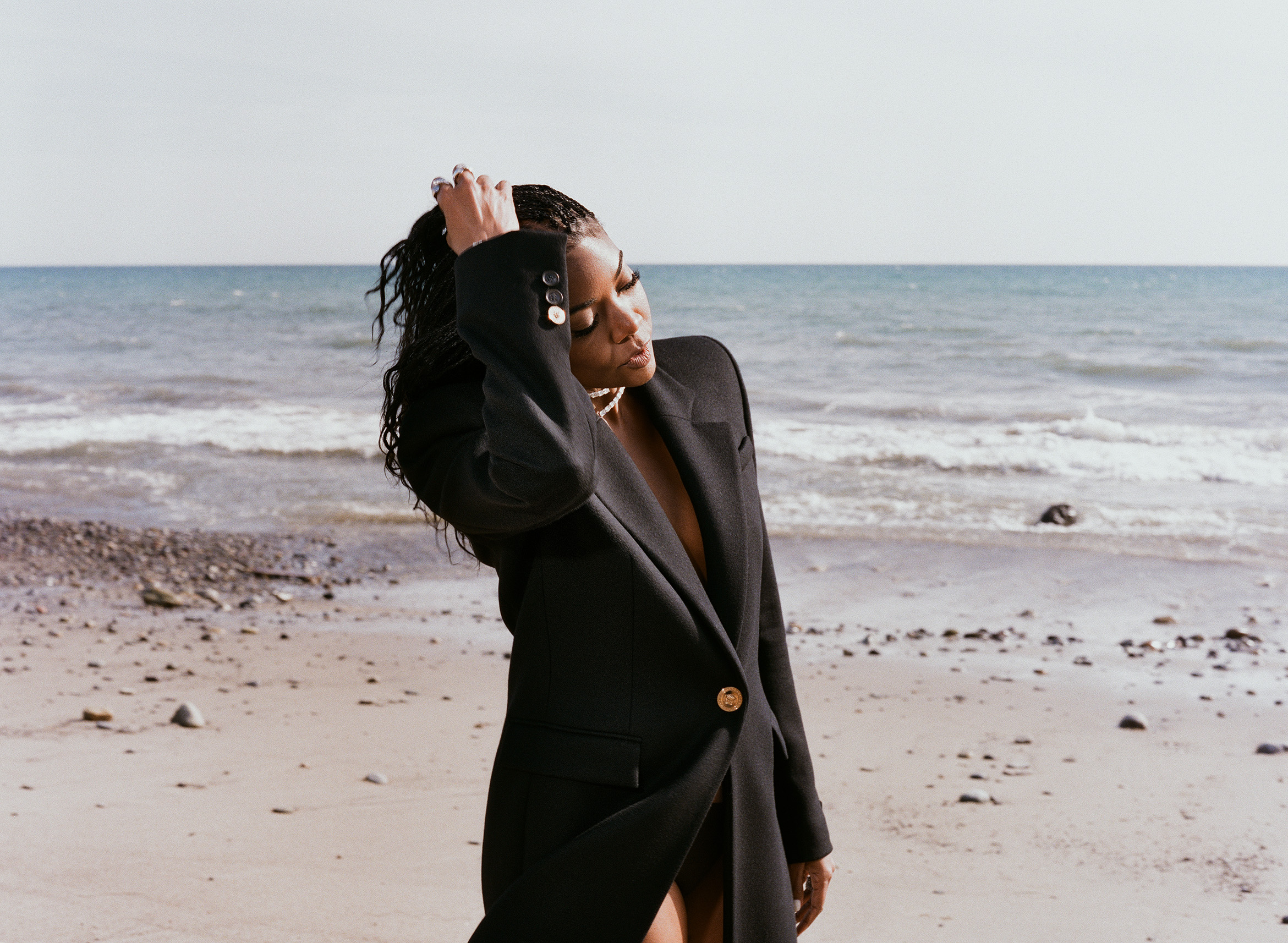
OND: What would you like to see change in Hollywood?
GU: I mean, everything—buckle in. Starting is pay. I don’t know personally of any creative of color in any part of this business, whether that’s a PA, or a top director that is paid, respected, and has carte blanche in this company in relation to their white peers. I’ve never seen it. Ever. Even when somebody looks like, oh, they’re really getting paid. It’s not even close. I would love to see there be more alignment with who audiences really want to see, and who gets opportunities. Versus the people who are company folks, company men, as they used to say. But I’d like to make that gender-neutral.
Budgets, marketing budgets. Equity. Just more equity. Different kinds of people in charge of green lighting, running studios, head of marketing divisions across every studio network. Obviously, writers: pay them. Coming up with new financial models that match technology. And to keep that fluid as we keep the door open for changing ways of presenting content—the pay structures, the power structure, all of the things that come from that need to also be constantly changing. Allowing writers to produce their own episodes. Doesn’t sound like a biggie. It is like pulling teeth.
Pay equity, opportunity equity, a real shakeup of who’s in charge and who’s running things… For people to truly see real diversity and inclusion as the asset that it is. If you want global dollars, then in front of and behind the camera need to be reflective of those global dollars. Otherwise, you’re going to miss it. There are whole studios where they refuse to adjust their marketing because they know it all. It’s algorithm, but it’s like “You know AI is racist. So if you’re still wondering why you haven’t been able to launch not one project of color into being super culturally relevant, maybe look within.”
You have to address, what if the algorithm is broken? It was inputted by humans. Humans are imperfect. All of our biases and judgments go into the work. Just being open to another way of doing things… There’s a lot of ways to get to the finish line. Let’s embrace some of the other ones.
OND: What are some proverbial gems you hope to pass along to your daughters?
GU: I want them to be free. I want them to be free to be painfully average if they want. I want them to be free to be whoever it is they want to be. And to speak truth to power, to use their full voice, whatever that sounds like, without having to constantly be managing their tone and inflection, and being aware that their presence is consistently policed and demonized. I want to know who they could be without that. And so we try to create as much of a space, environment, and world—for our girls and everybody else’s—to live free. I used to say, “Oh, I want her to have a horse.” But there’s so much that money cannot buy that is impacted by how we deal with race and anti-blackness in this country.
My hope for Kaavia and Zaya is that they’re free of that—free of the insidious racism that permeates every element of their daily lives. I want to know what it is to be free of that. If I have money, fame, influence, and power and I don’t experience that, my hope can only be for the next generation.
Photographer/Director: Shaniqwa Jarvis
Stylist: Thomas Christos Kikis
Hair: Larry Sims
Makeup: Fiona Stiles
Manicurist: Thuy Nguyen
Bookings Editor: Glynis Costin
Creative Production: Petty Cash Production
Director of Photography: Raj Debah
Photo Assistants: Keith Kleiner, Peter Baker, Irene Tang
Set Design: Winston Studios
Fashion Assistant: Sydney Engelhart
Tailor: Victoria Gokun
